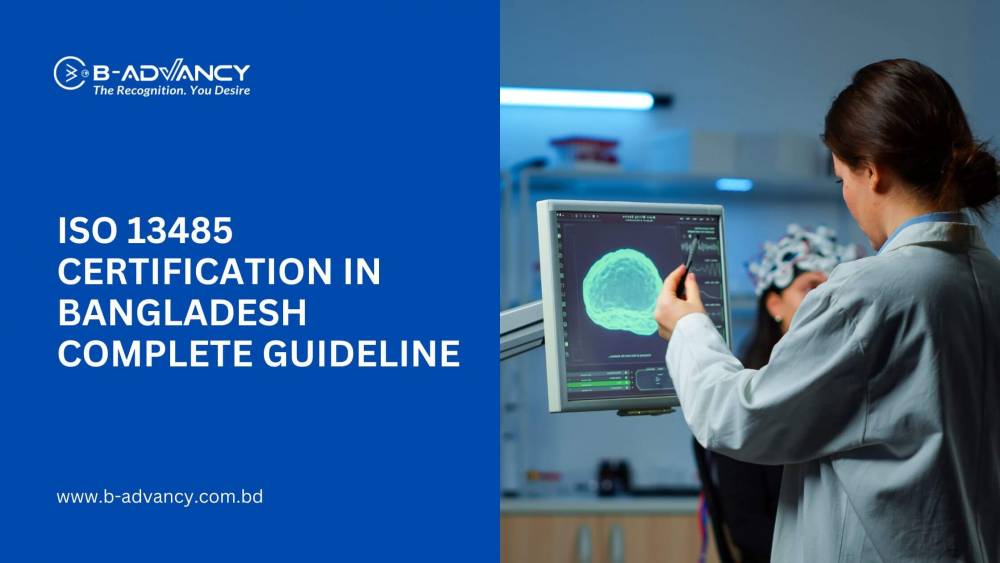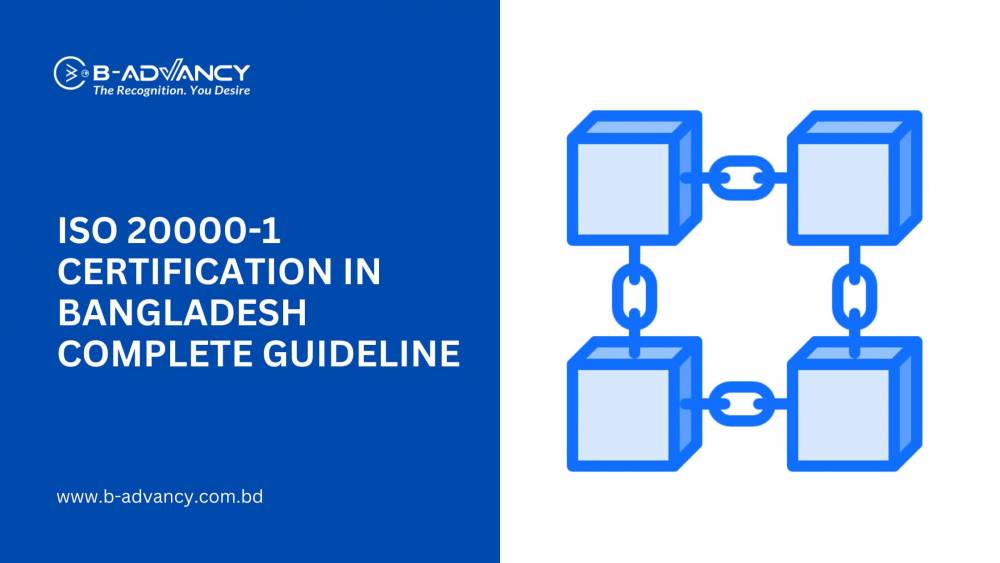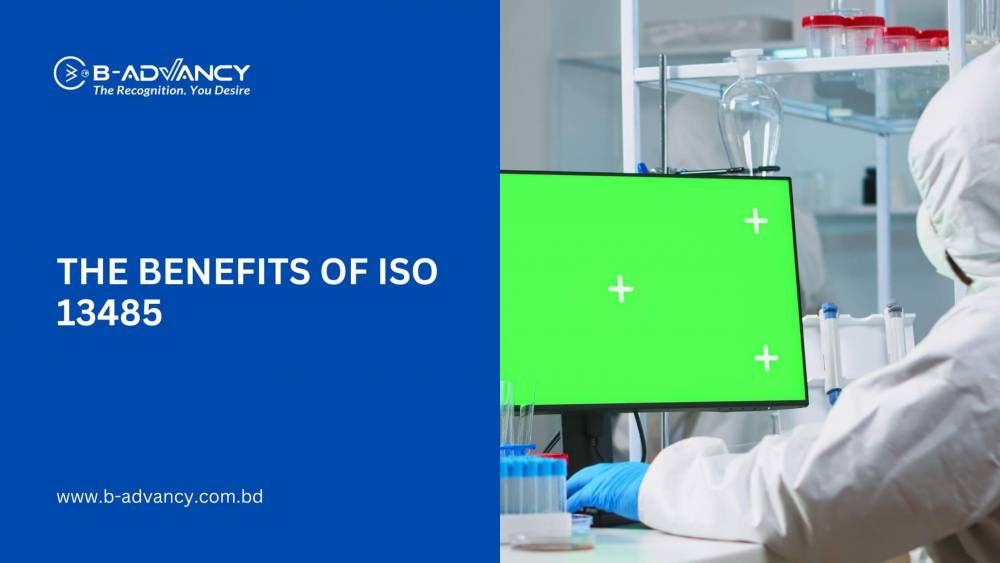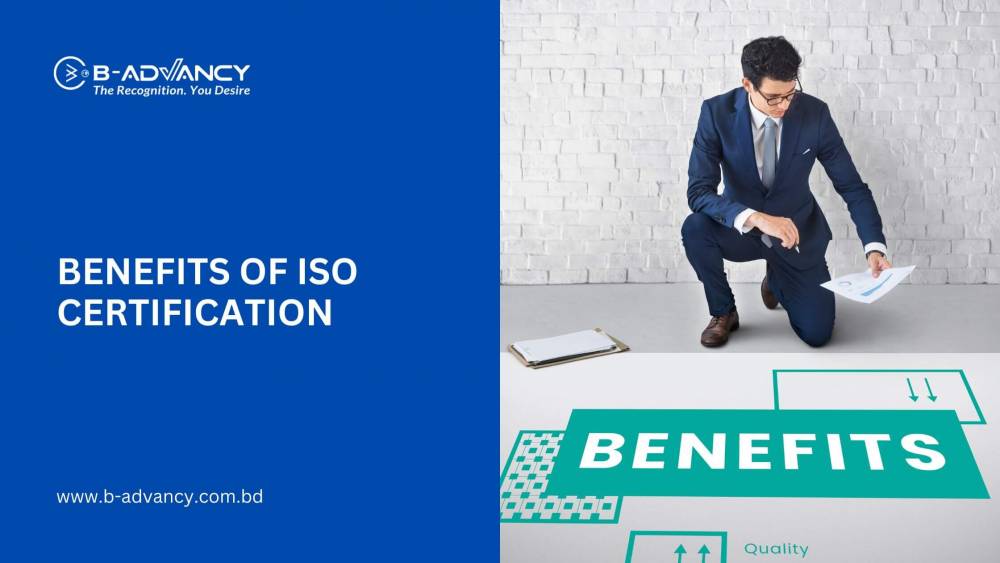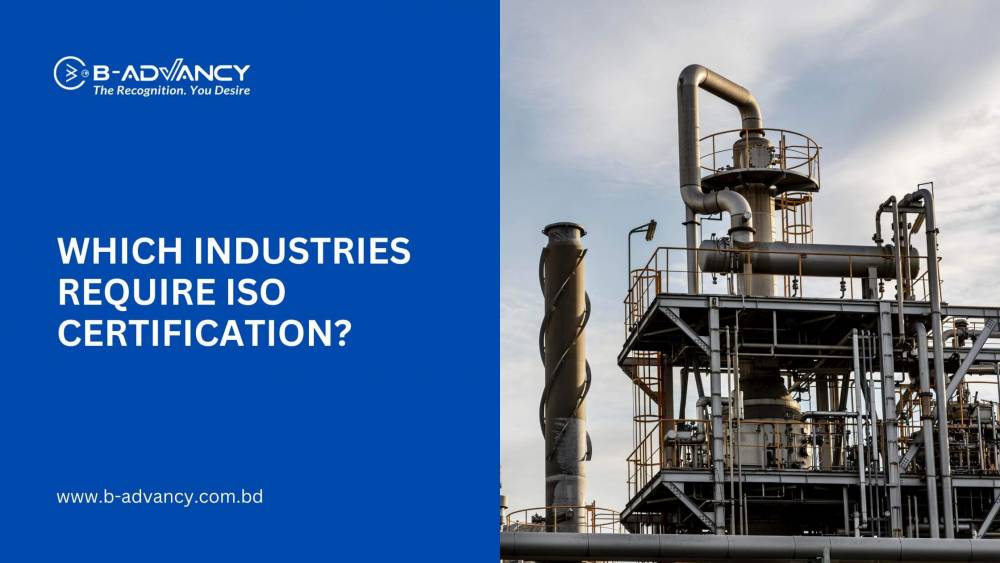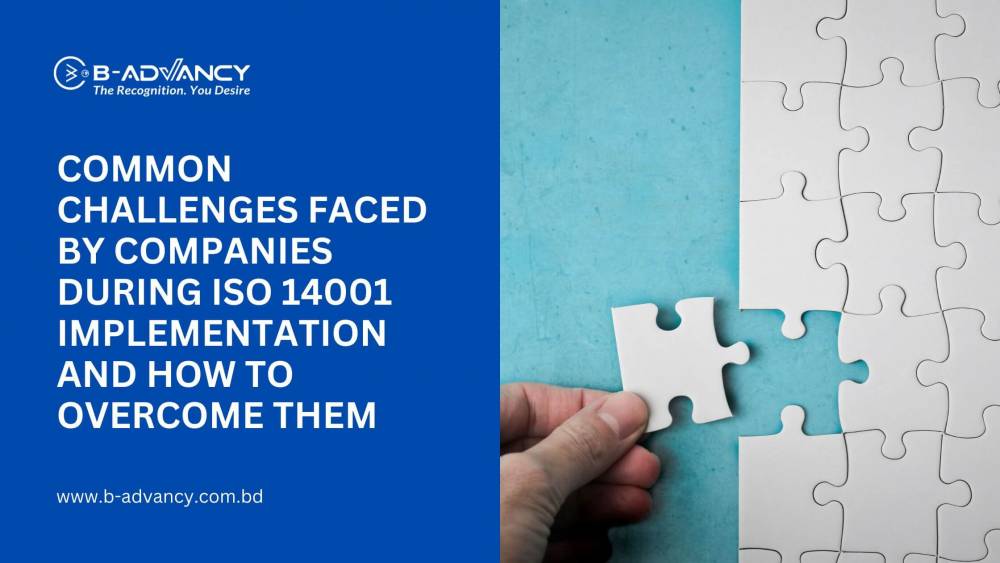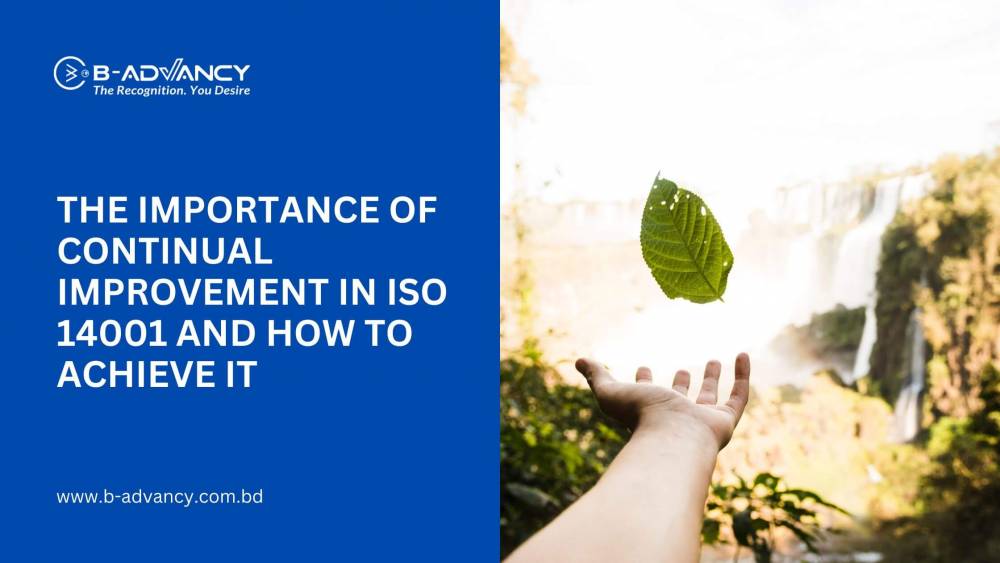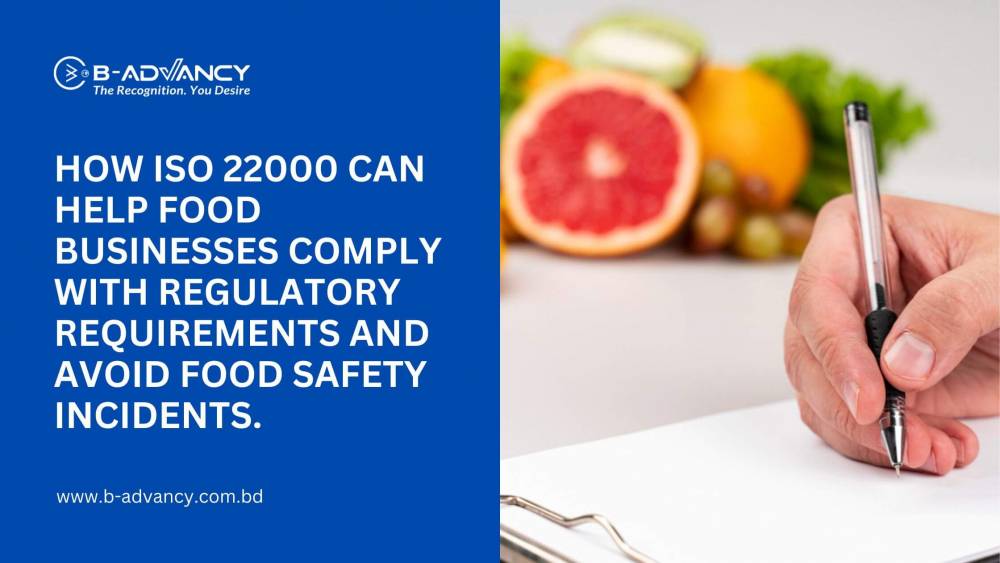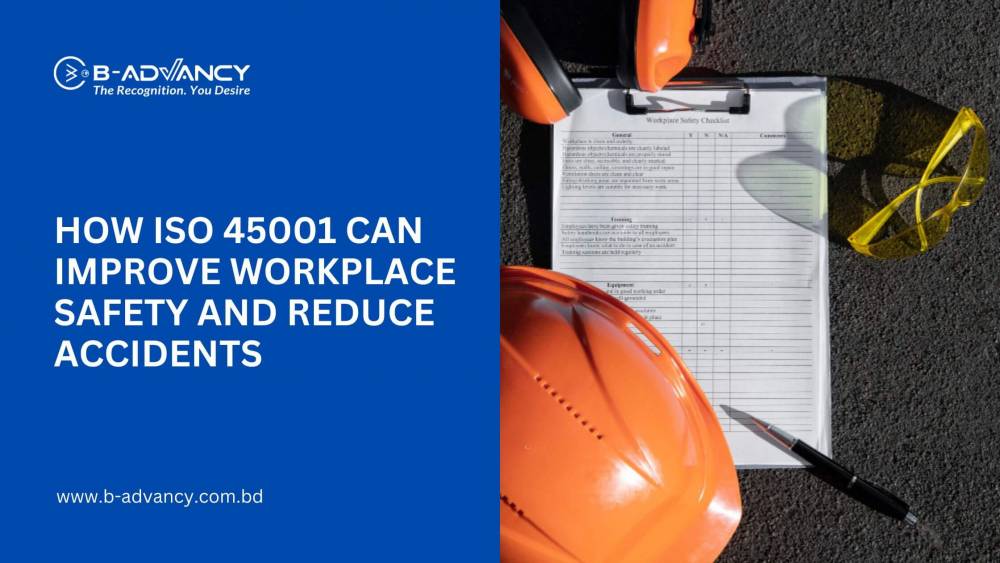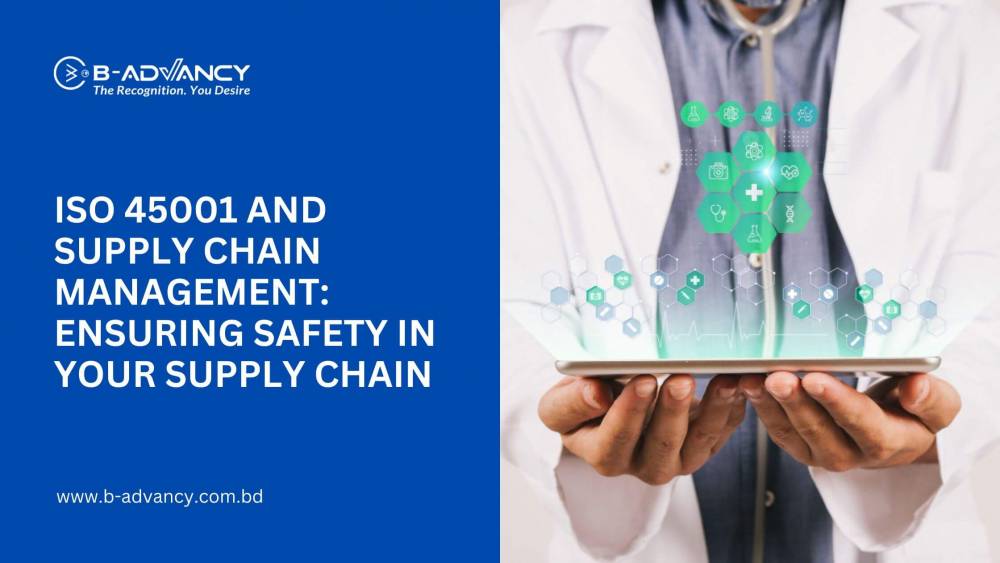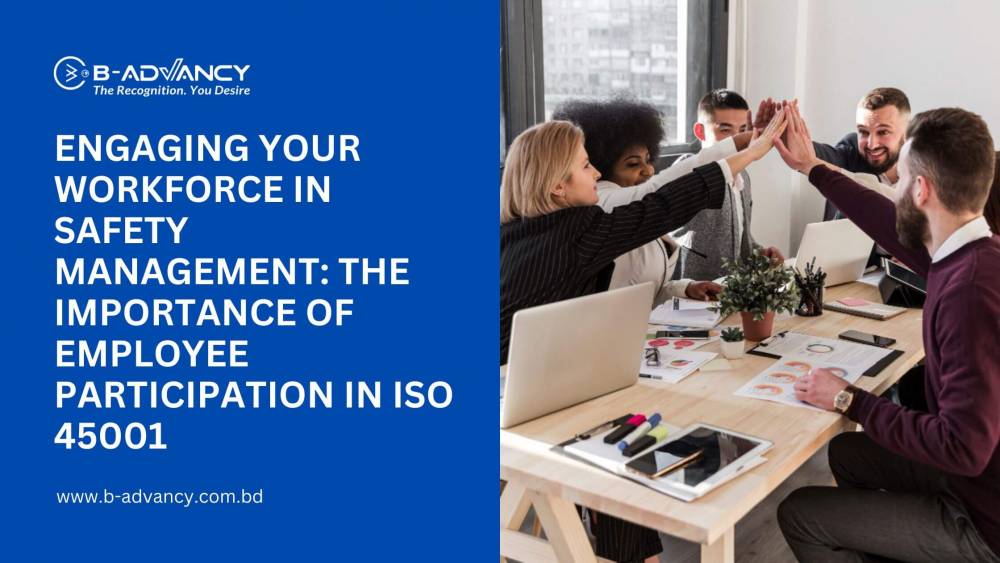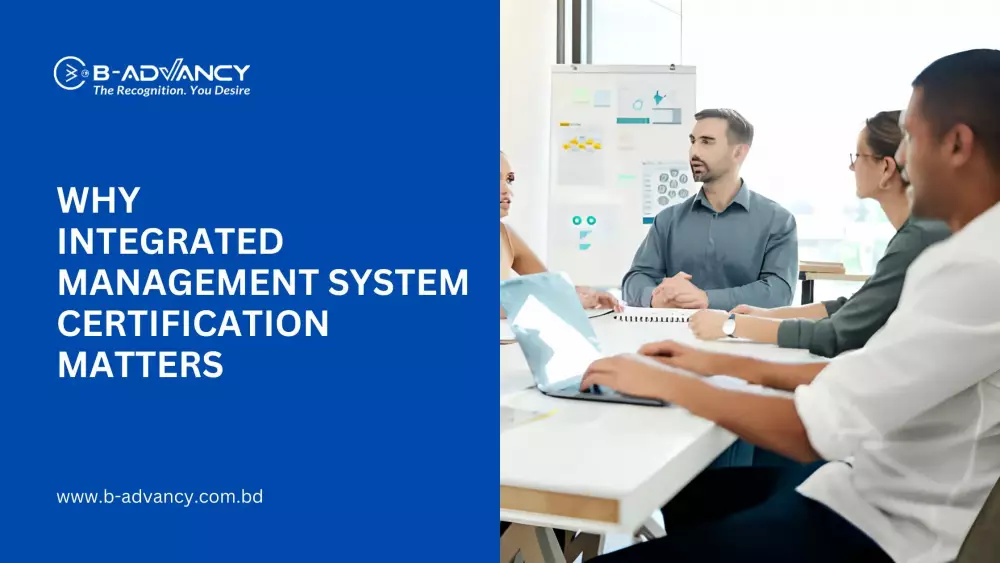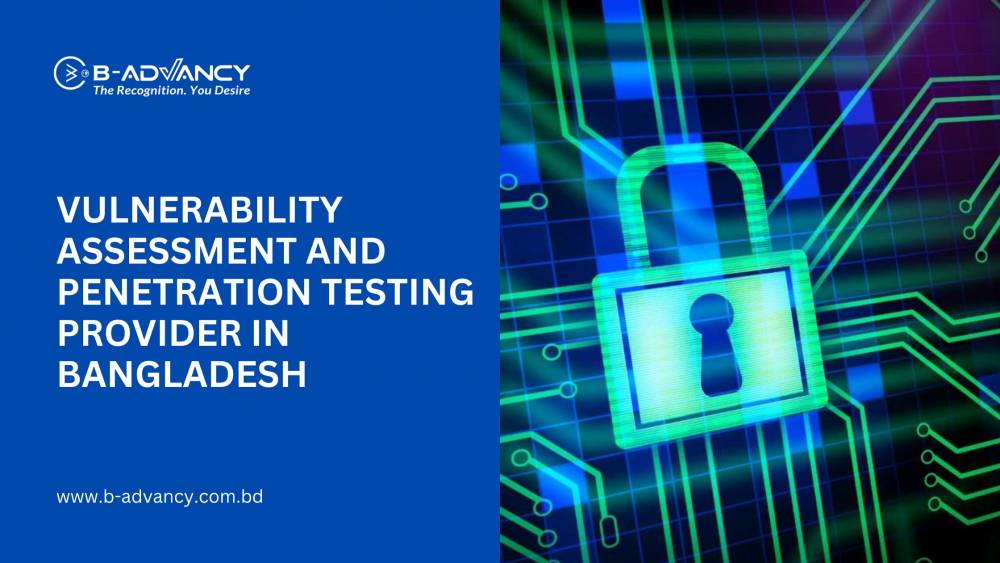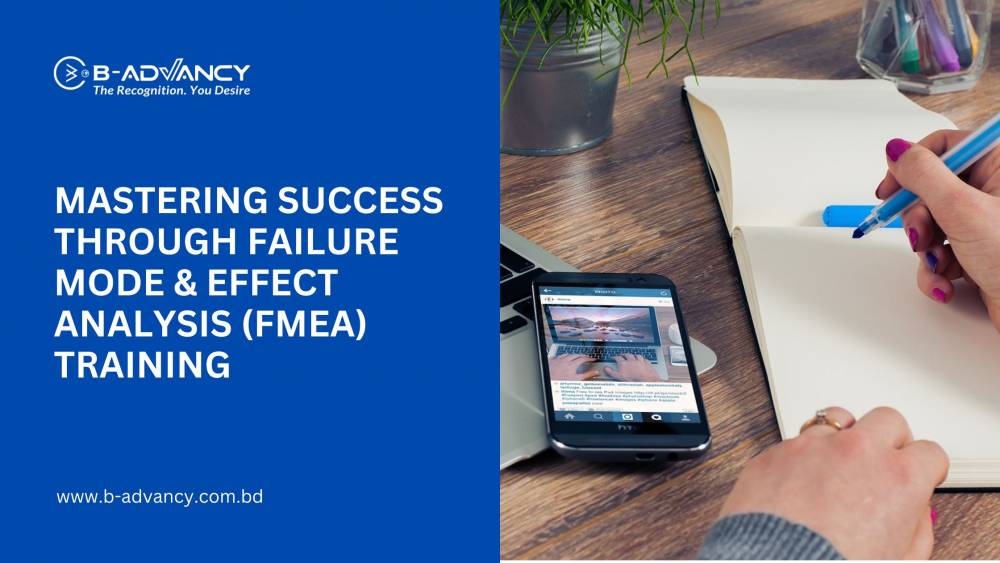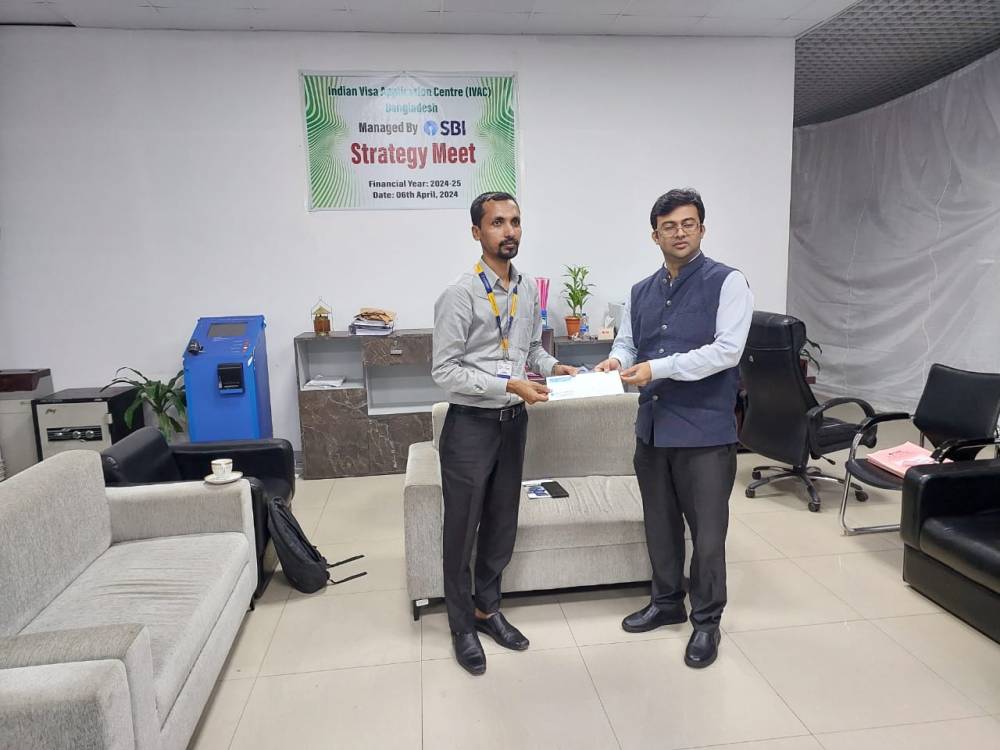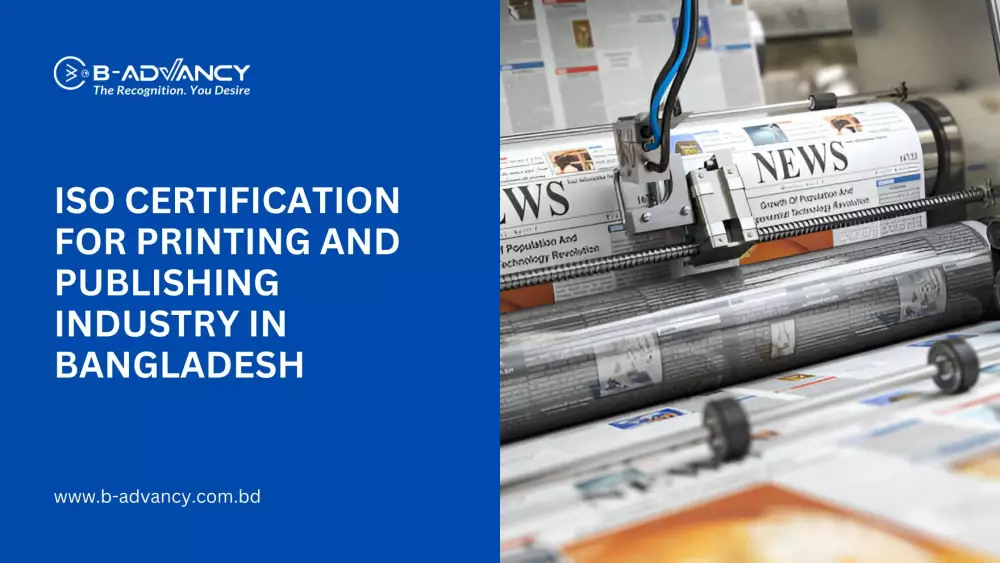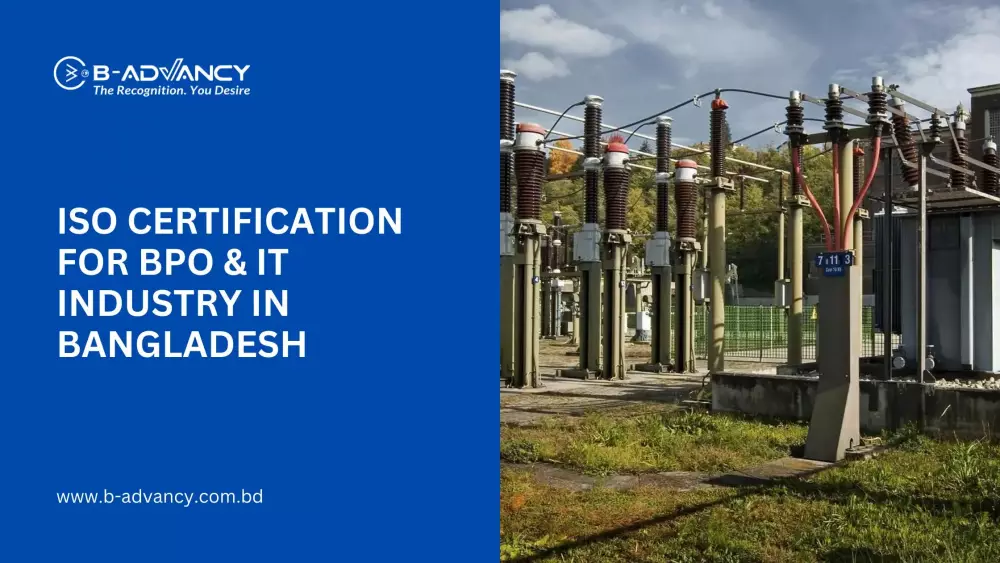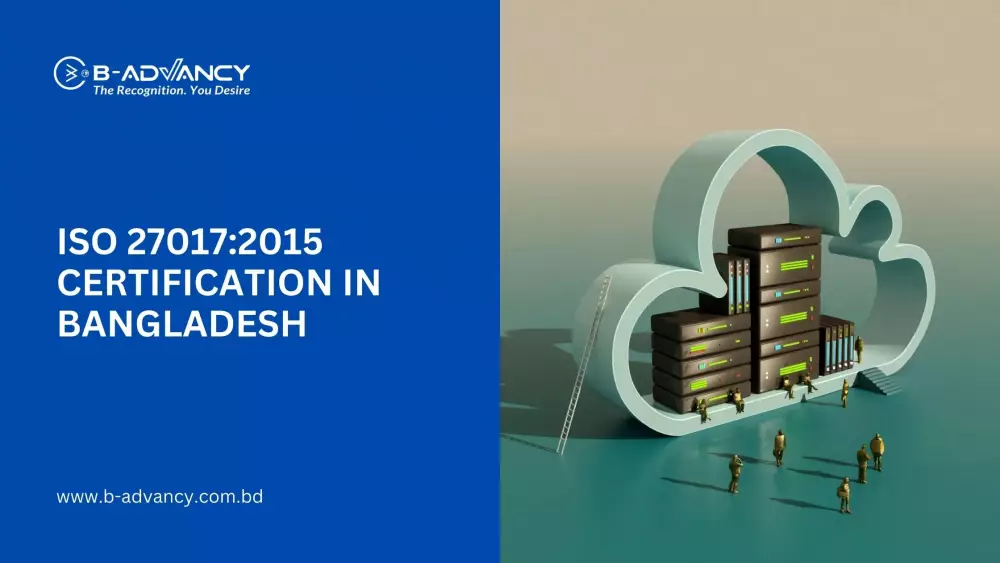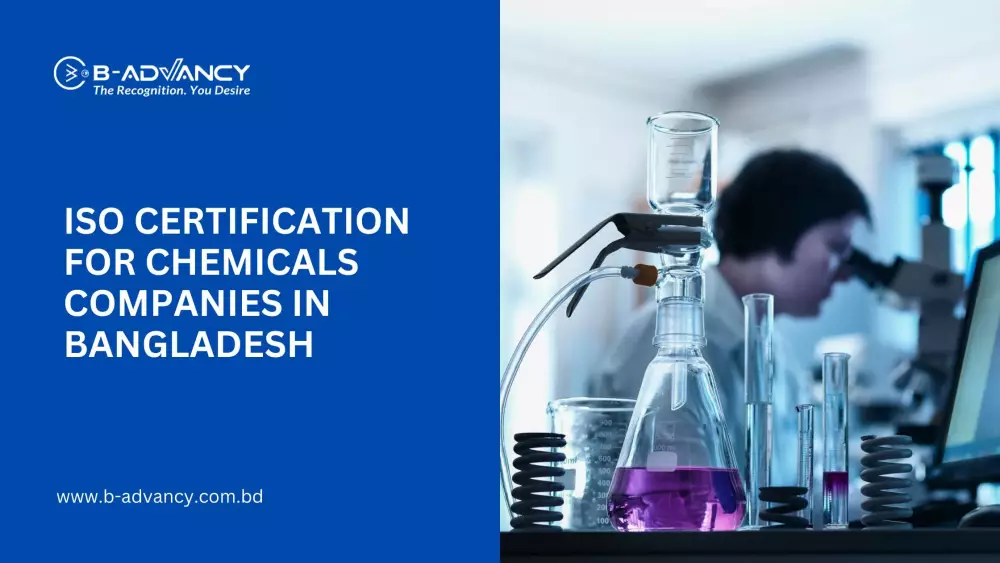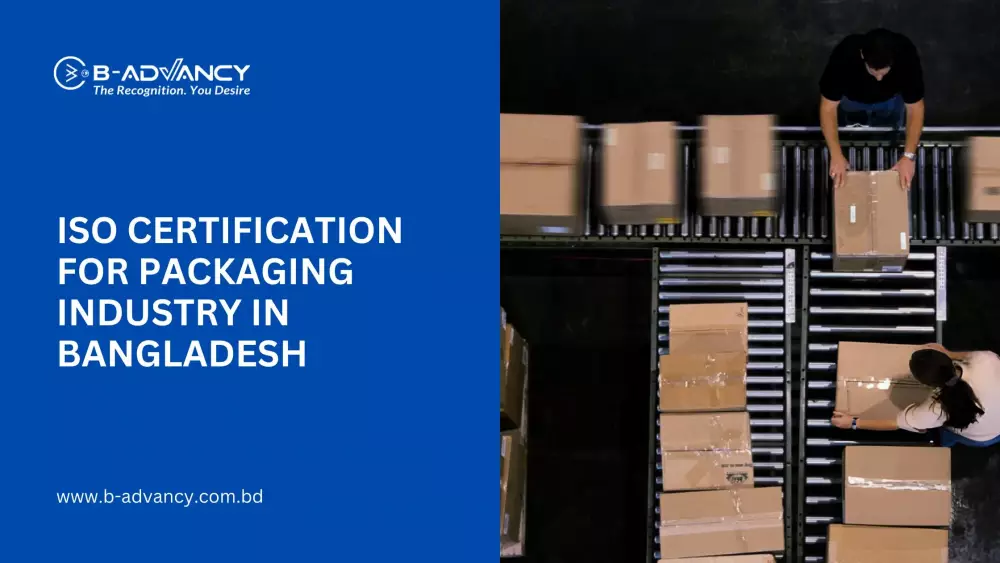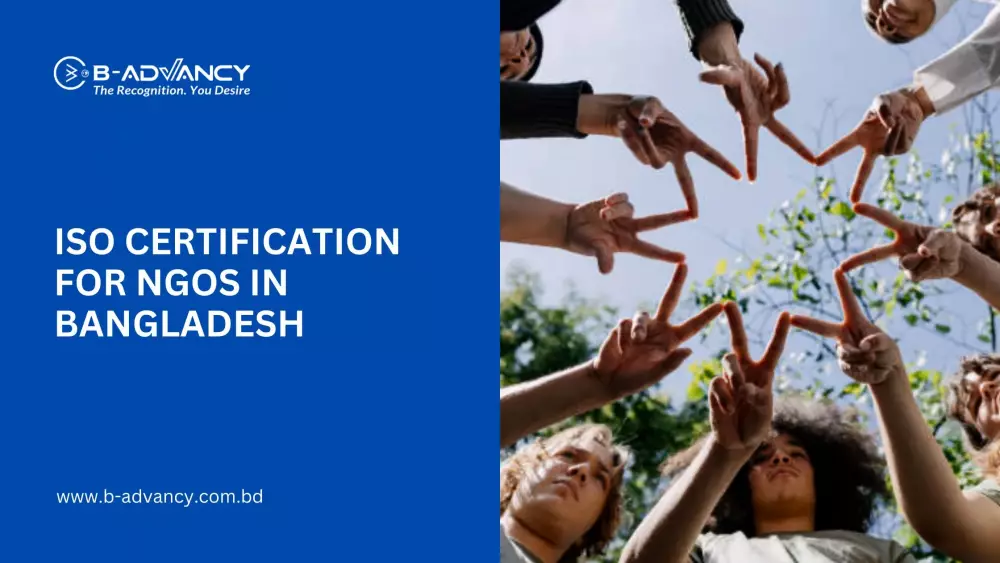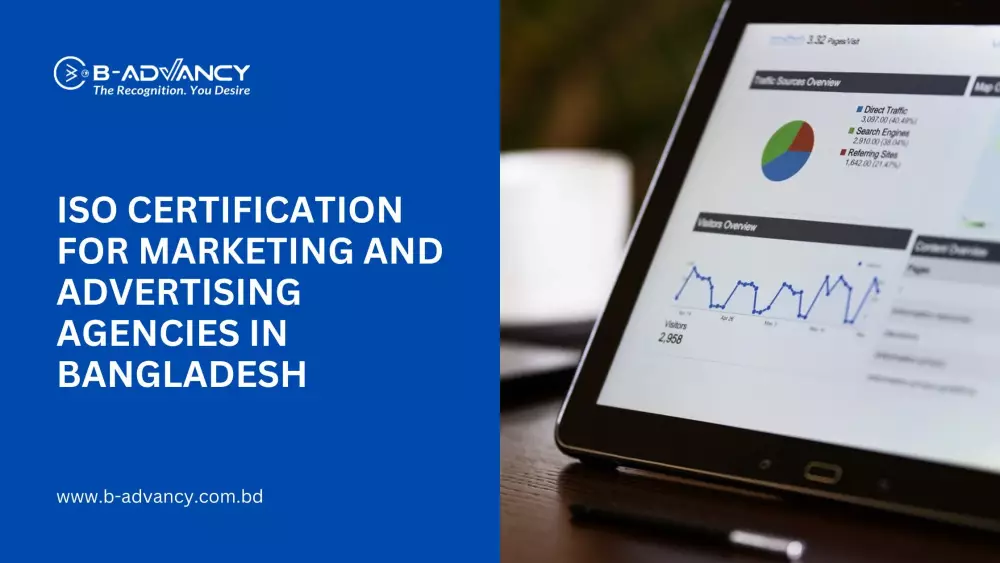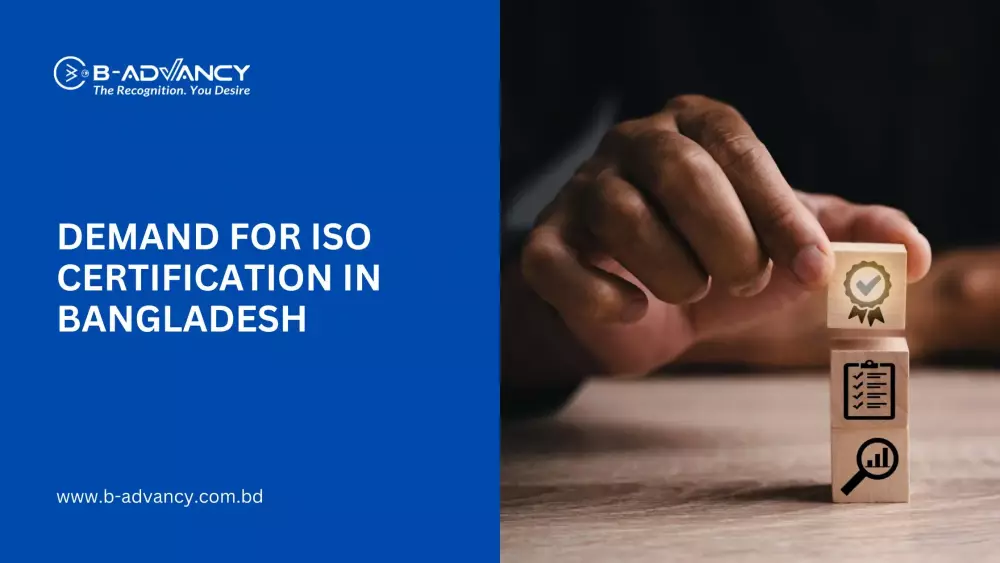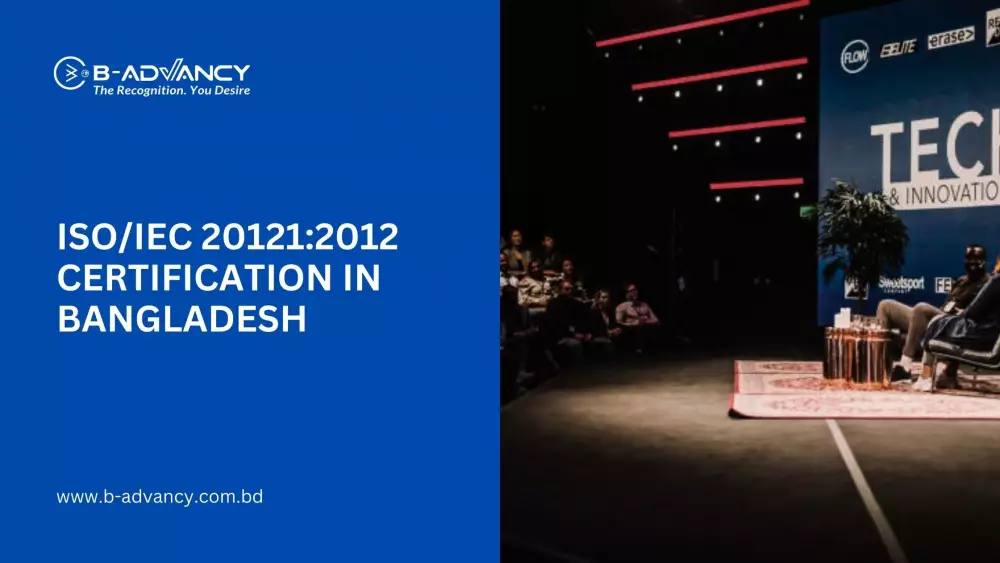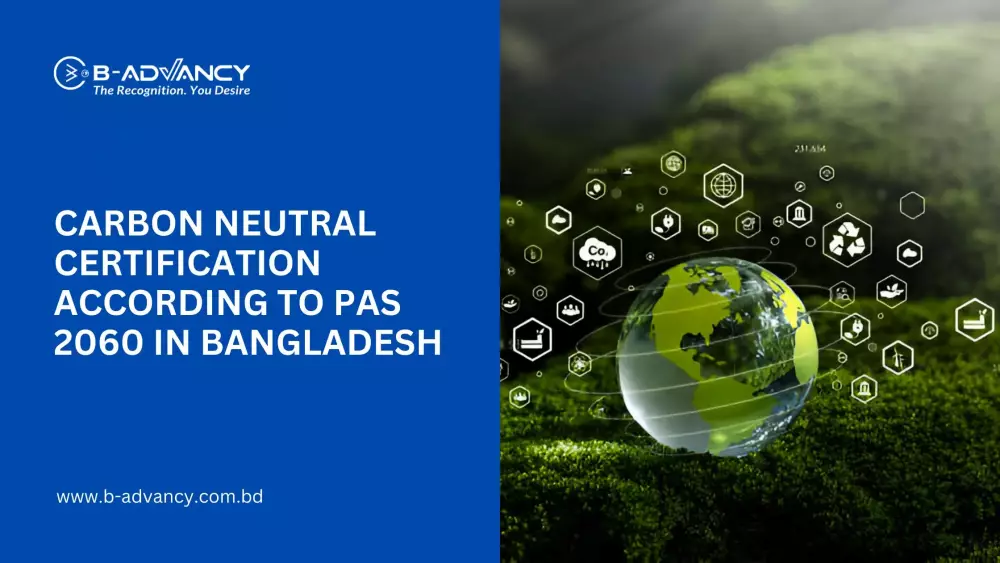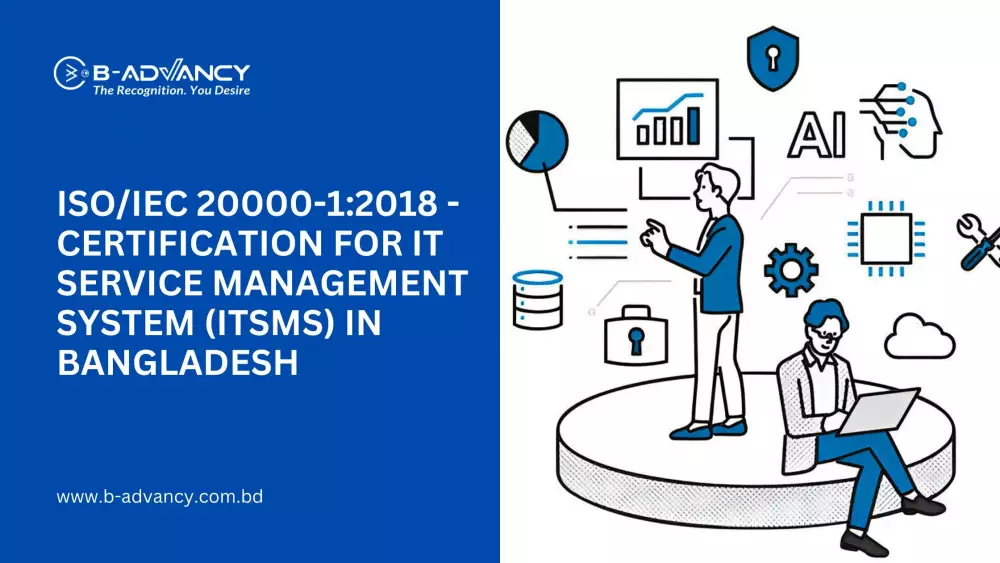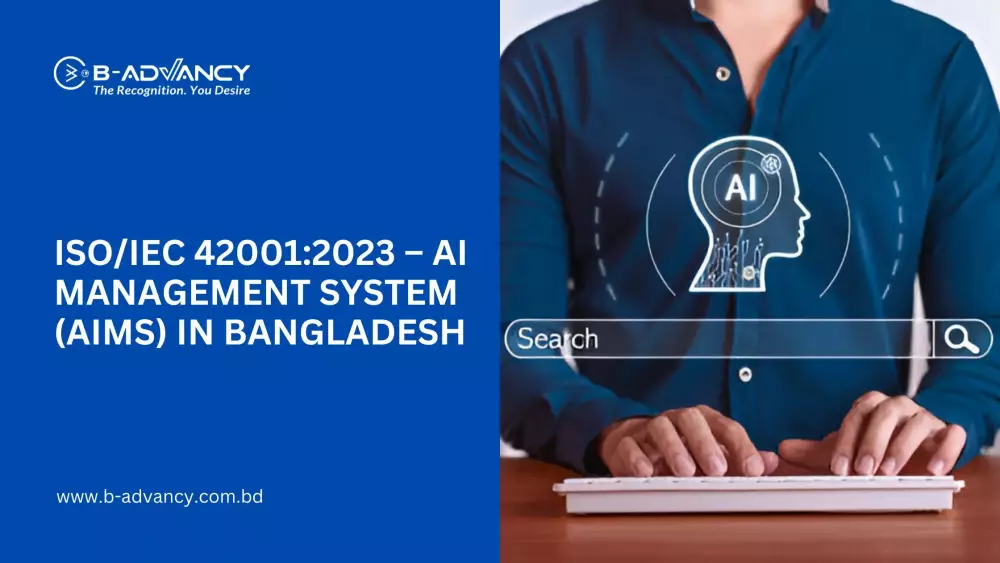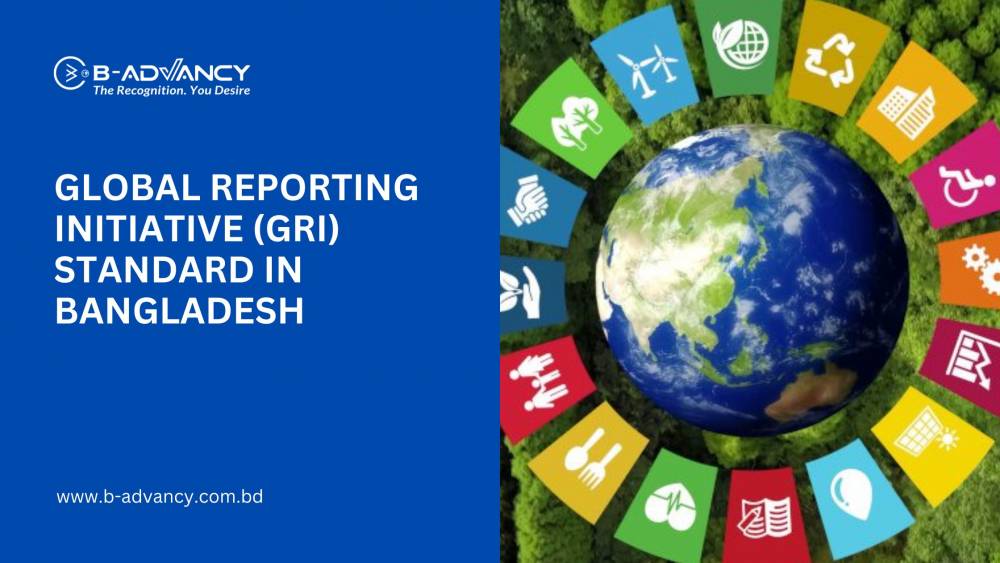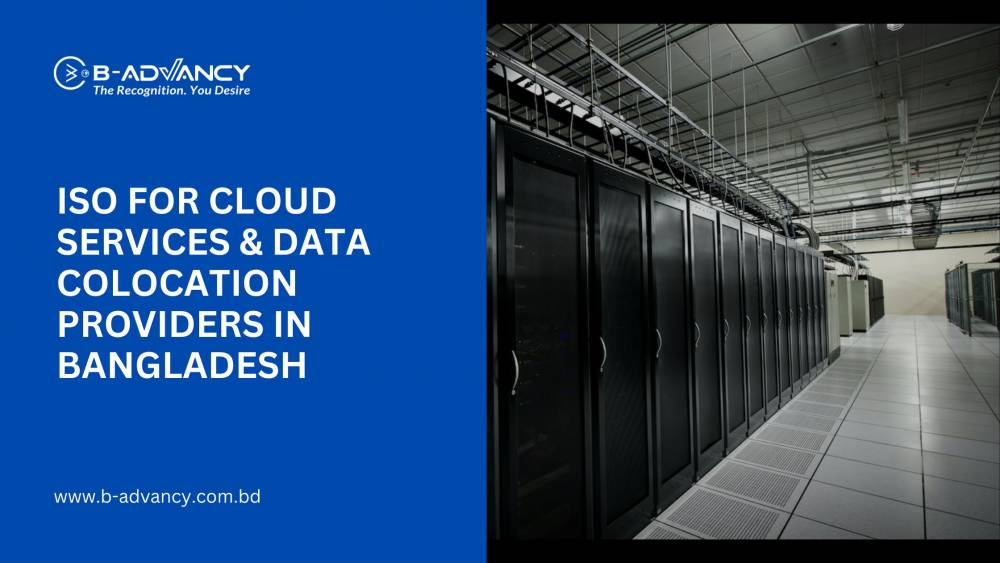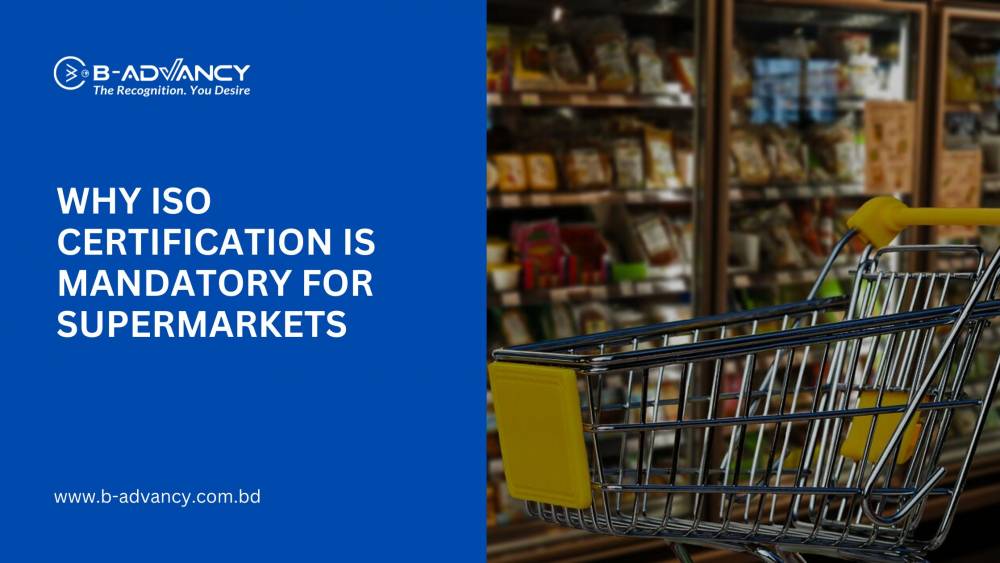Introduction
ISO 27001 is an international standard that provides guidelines for the implementation of an information security management system (ISMS). This standard helps organizations manage the security of their sensitive data and assets by providing a framework for identifying, assessing, and managing security risks. The new version, ISO 27001:2022, has recently been released, replacing the previous version ISO 27001:2013. In this blog post, we will discuss how to upgrade to ISO 27001:2022 and the steps involved in the upgrade process.
Importance of Upgrading to ISO 27001:2022
Upgrading to the latest version of ISO 27001 is critical for any organization that wants to stay up-to-date with the latest security threats and challenges. ISO 27001:2022 has several new updates and improvements, including a greater focus on risk management, better alignment with other standards, and a more streamlined approach to documentation.
One of the key updates in ISO 27001:2022 is the increased emphasis on risk management. This version of the standard provides more specific guidelines on how to identify, assess, and manage security risks. It also requires organizations to document their risk management processes, which helps ensure that risks are being addressed effectively.
Another significant improvement in ISO 27001:2022 is its better alignment with other standards, such as ISO 31000, the international standard for risk management. This makes it easier for organizations to integrate their information security management system with their overall risk management strategy.
Get out more about ISO 27001 Certification and how it effects an organization. And implement it on your organization.
Steps to Upgrade to ISO 27001:2022
Upgrading to ISO 27001:2022 involves several key steps, including assessing your current implementation, identifying gaps in compliance, developing an upgrade plan, training employees, implementing new processes and controls, conducting internal audits and management reviews, and finally, conducting an upgrade/transition audit by an external certification body.
Assessing your current implementation involves, reviewing your existing ISMS to identify areas that need improvement. This step helps you understand where you are in terms of compliance and what changes you need to make to meet the new standard.
Identifying gaps in compliance requires a thorough analysis of your existing security controls and processes to determine where they fall short of the new standard's requirements.
Developing an upgrade plan involves creating a roadmap for the changes needed to meet the new standard. This step should include timelines, resource requirements, and a communication plan to ensure all stakeholders are aware of the changes.
Training employees is a critical step in the upgrade process. It involves providing your staff with the knowledge and skills they need to support the new ISMS. This may include training on new processes, procedures, and policies, as well as general awareness training on information security.
Implementing new processes and controls involves putting in place new security measures to meet the new standard's requirements. This may include revising policies and procedures, upgrading security controls, and implementing new technologies.
Conducting internal audits and management reviews involves testing and validating the effectiveness of the new processes and controls. This helps ensure that the upgraded ISMS is working effectively and that any issues are identified and addressed.
The final step in the upgrade process is conducting an upgrade/transition audit by an external certification body. This involves a formal review of your upgraded ISMS by an external auditor to determine whether it meets the new standard's requirements.
Key Considerations for the Upgrade Process
Upgrading to ISO 27001:2022 requires careful planning and consideration to ensure that the new ISMS meets your organization's business goals and aligns with other standards. Some of the key considerations to keep in mind include:
Aligning with business goals: Your upgraded ISMS should align with your organization's business goals and objectives. This means identifying your organization's unique security risks and developing a tailored security strategy to address those risks.
Involving stakeholders: Upgrading to ISO 27001:2022 involves multiple stakeholders, including senior management, IT staff, and other employees. It is essential to involve these stakeholders in the upgrade process to ensure that everyone understands the changes and is committed to their success.
Ensuring consistency with other standards: Upgrading to ISO 27001:2022 should also ensure consistency with other related standards, such as ISO 22301, which addresses business continuity management. This consistency will help organizations build a more comprehensive security posture and avoid overlaps or gaps in their security controls.
Documenting the upgrade process: It is crucial to document the entire upgrade process, including the changes made and their impact on the organization. This documentation will help demonstrate compliance and support future audits.
Maintaining ongoing compliance: Finally, upgrading to ISO 27001:2022 is just the beginning of a continuous cycle of improvement. Organizations must maintain ongoing compliance with the new standard by regularly reviewing and updating their ISMS.
Common Challenges and How to Overcome Them
The upgrade process to ISO 27001:2022 can be challenging, with several potential obstacles that organizations may encounter. Some common challenges include resistance to change, lack of resources and budget, and the complexity of the upgrade process.
Resistance to change is a common challenge, as employees may be comfortable with the existing ISMS and may be resistant to change. To overcome this challenge, organizations must communicate the benefits of the upgrade and involve employees in the process.
Lack of resources and budget can also be a challenge, as upgrading to ISO 27001:2022 may require significant investments in time and resources. To overcome this challenge, organizations should prioritize the upgrade process, allocate resources and budget accordingly, and identify creative ways to save costs.
The complexity of the upgrade process is another challenge, as the upgrade involves multiple steps and stakeholders. To overcome this challenge, organizations should break down the process into smaller, more manageable steps, and involve external experts and consultants where necessary.
Conclusion
Upgrading to ISO 27001:2022 is a critical step for any organization that wants to maintain a robust and effective ISMS. This new standard provides several updates and improvements that help organizations better manage security risks, align with other standards, and streamline their documentation. By following the steps outlined in this blog post and considering the key considerations and common challenges, organizations can successfully upgrade to ISO 27001:2022 and maintain ongoing compliance with this critical security standard.













